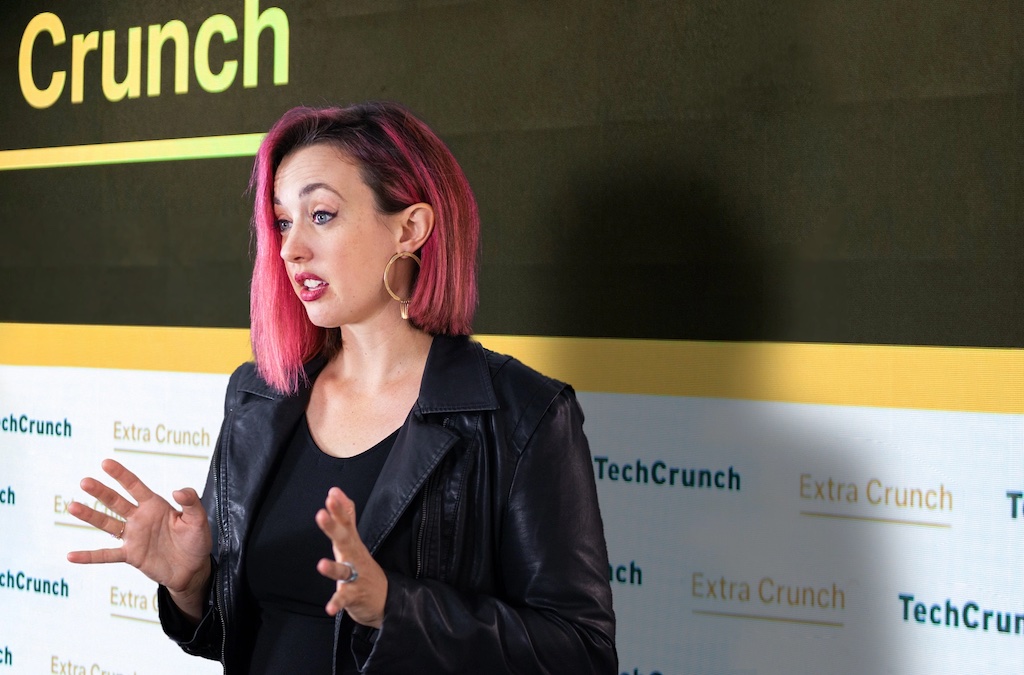Here’s another edition of “Dear Sophie,” the advice column that answers immigration-related questions about working at technology companies.
“Your questions are vital to the spread of knowledge that allows people all over the world to rise above borders and pursue their dreams,” says Sophie Alcorn, a Silicon Valley immigration attorney. “Whether you’re in people ops, a founder or seeking a job in Silicon Valley, I would love to answer your questions in my next column.”
TechCrunch+ members receive access to weekly “Dear Sophie” columns; use promo code ALCORN to purchase a one- or two-year subscription for 50% off.
Dear Sophie,
I’m studying bioinformatics at a university in the U.S.
What options do I have to work before and after graduation on my student visa? Do any of these options allow me to launch my own startup?
— Wanting to Work
Dear Wanting,
I applaud your enthusiasm to get to work! The opportunity to work and get training in your field is one of the draws of studying in the U.S. Complex immigration rules and regulations for international students — not to mention processing delays and time limits — can make things challenging, but all you need is a little planning to overcome those challenges!
Your ability to work in your area of study — and for how long — depends on what type of student visa you hold:
- F-1 student visa.
- J-1 educational and cultural exchange visa.
- M-1 student visa.
F-1 offers the most flexible work options

Image Credits: Joanna Buniak / Sophie Alcorn (opens in a new window)
The F-1 student visa offers the most options for working both before you graduate and after. Two types of training programs are available to most international students who hold an F-1 visa, making them eligible to work in their field of study:
- Curricular Practical Training (CPT) is available to students at some colleges and universities.
- Optional Practical Training (OPT) is available either before or after graduation.
- STEM OPT is a 24-month extension of OPT available to students who graduated with a STEM degree designated by the U.S. Department of Homeland Security.
Working under CPT
If CPT is available at a university or college, then students on F-1 visas are eligible if they have been enrolled full time for at least one academic year and have not yet graduated. Some graduate programs allow or even require students to apply for CPT at the very beginning of their program.
Dear Sophie: How can students work or launch a startup while maintaining their immigration status? by Ram Iyer originally published on TechCrunch















 English (US) ·
English (US) ·